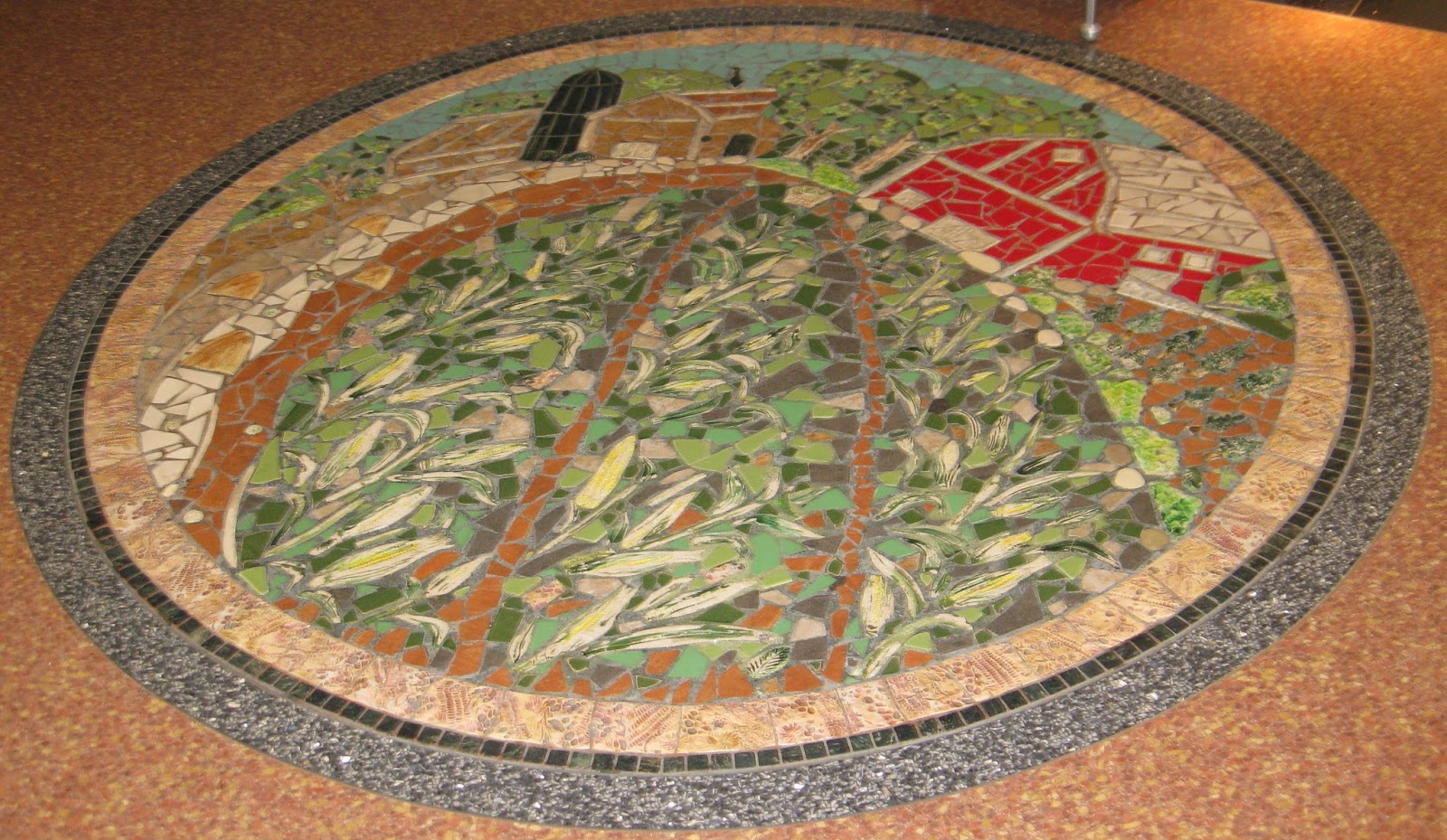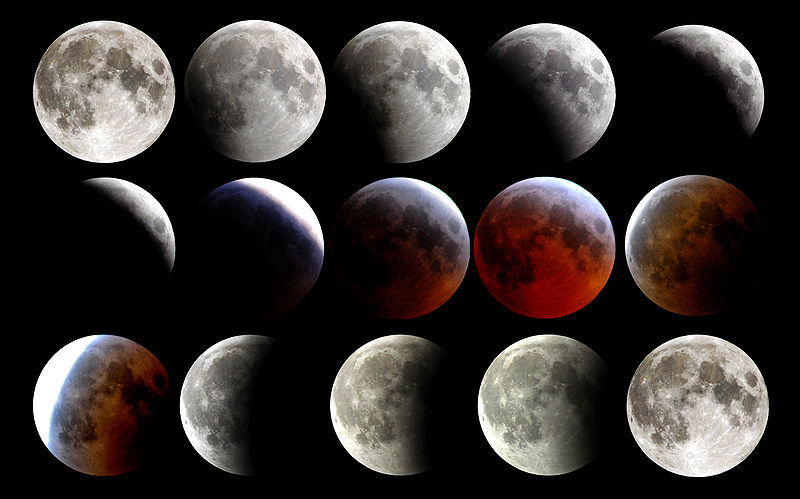Appassionata: Ode to a Lilikoi
The scent of plumeria's lovely;
The taste of pineapple divine -
I love nothing more than to sit on the shore
Of a black sand beach in the sunshine.
Oh a coconut's creamy and nutty,
Macadamias food for a king,
The coffee from Kona is likely to own ya,
Paniolo will tear up your heart when they sing.
The musk of the rain forest woos me,
Fresh guava juice better than wine,
But the fragrance that whispers Hawaii to me
Is a lilikoi straight off the vine.
The slack key guitar is so haunting
It will bring a grown man to his knees.
A glimpse of an outrigger's likely to trigger
Nostalgia for groves of palm trees.
The sea turtles bask on the shoreline
And the butterfish melts in your mouth;
The reefs are a dizzying rainbow;
A healing breeze wafts from the South.
The wind from the sea is a delicate wind,
Fresh and pure as a maiden's first blush,
But cut open the fruit named for passion
And Hawaii comes back in a rush.
Hawaiian white ginger seduces
With scent that's both tender and bold,
The voice of the ocean will lull you to sleep
And the sun there will turn you to gold.
Oh, hibiscus is brazen and scarlet
In the hair of the virgins entwined,
But the fragrance that sings of Hawaii to me
The perfume that whispers Hawaii to me
The scent that brings back my Hawaii to me
Is a lilikoi straight off the vine.
~Mitzi
While there are over 500 species of Passiflora, only one of the species can be called passion fruit. Of this, there are two varieties, purple and yellow. Brought to Hawaii in the 19th century from South America, the yellow-skinned fruit has spread more throughout the islands. In 1951, the University of Hawaii chose it as the most promising crop for development and created an industry based on quick-frozen passion fruit juice concentrate. By 1958, 1,200 acres were devoted to yellow passion fruit (Passiflora edulis, botanical form flavicarpa) production and the industry was firmly established. Today, due to high labor costs and rapidly increasing land value, there are no longer commercial passion fruit plantations left in Hawaii. Wild lilikoi continues to grow up fences and through the branches of trees and in groves, with many local fruit stands selling it from June through January when it matures. The fruits are large egg shapped yellow balls with a smooth, glossy rind filled with many juicy flesh covered seeds. Once the fruit ripens it drops off the vine and makes "picking" these fruits easy. Passion fruit is high in beta carotene, potassium, dietary fiber, lycopene, and vitamin C. It is also great for people who have high blood pressure.

Passion flowers (Passiflora incarnata) grow wild in the southern part of the United States and in South America. Purple passion-flower is an herbaceous vine, up to 25 ft. long, that climbs with axillary tendrils or sprawls along the ground. Intricate, 3 in., lavender flower are short-stalked from leaf axils. The petals and sepals subtend a fringe of wavy or crimped, hair-like segments. The pistil and stamens are also showy. Three-lobed, deciduous leaves are dark-green above and whitish below. The fruit is a large, orange-yellow berry with edible pulp. Like some other passion vines, Maypop spreads by root suckers. This unusual flower is widely distributed in the Southeast, especially from Florida to Texas. Passionflower is considered a warm weather Southern belle, but it can take winter temperatures into Zone-5 as long as you give it a protective layer of mulch before you put it in the garage for the winter season. Or you can prune the vines back and bring plants indoors over the winter months keeping consistently moist. Some gardeners prefer to pot passionflower and then bury the pot in the garden to keep the plant from growing out of control. If you think watering might be a problem, invest in a self-watering pot and make sure to add moisture beads or a layer of mulch to your setup.
You can make a sedative tea by adding 8-ounces of boiling water to a teaspoon of dried passionflower leaves placed in a tea ball or muslin bag. Let steep for five minutes. Limit the dosage to one cup about an hour before bedtime.
The plants were given the name Passionflower or Passion vine because the floral parts were once said to represent aspects of the Christian crucifixion story, sometimes referred to as the Passion. The 10 petal-like parts represent Jesuss disciples, excluding Peter and Judas; the 5 stamens the wounds Jesus received; the knob-like stigmas the nails; the fringe the crown of thorns. The name Maypop comes from the hollow, yellow fruits that pop loudly when crushed.
Yellow Passion Flower (Passiflora lutea), a small yellow-flowered species, occurs from southeast Pennsylvania to Florida, west to Texas and Oklahoma, and north to Missouri, Illinois, and West Virginia.
Although passion flowers are native in many regions of the southern U.S., they can become invasive. Check with your local Cooperative Extension or DEC to see if you should avoid passion flowers altogether or if certain species are preferable.
A lot of gardeners prefer to grow their passion flowers in containers which will limit speading through rhizomes. You have the convenience of being able to move it to a sunnier site or even bring it indoors for the winter.
Passionfruit Cheesecake
1 sleeve graham crackers, crushed finely
5 T. butter, melted
2 T. sugar
2-8 oz packages cream cheese, softened
2 eggs
1/2 c. passion fruit syrup
2 cartons Chobani passiofruit Greek yogurt
Pulse graham crackers and sugar in a food processor until finely ground. Add melted butter and press into cheesecake pan. Press so crust is even on bottom and sides. Bake at 350 degrees F for 10 minutes or until crust firms up. Remove from oven and allow to rest for a few minutes.
Mix together the cream cheese, eggs, and passiofruit syrup using a stand or hand held mixer. Mix until everything is combined and fluffy. Pour into cheesecake crust and bake at 350 degrees F for about 35 minutes or until the cheesecake is firm, but still has a slight giggle to it.
When cheesecake is done, remove it from the oven. Increase oven temperature to 400 degrees. Let cheesecake sit for 20 minutes. Stir passionfrut yogurt well and spoon onto top of cheesecake. Baek for 5 minutes until set.
Refrigerate until serving time.
Slice and drizzle with thickened (cook down in pan on stovetop) passiofruit syrup.






















































